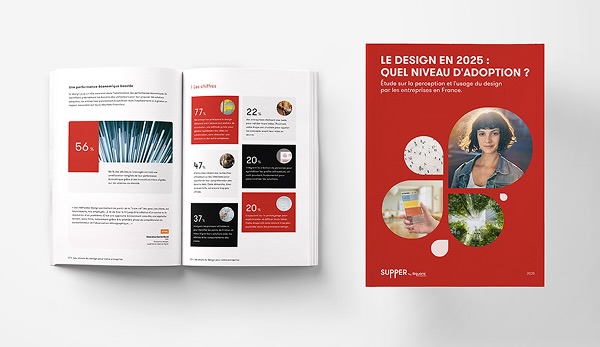1. Circumscribing and problematizing
This first step is essential in order to put the approach on course.
It helps formulate the real problem to resolve (or opportunity to seize), by eliminating prejudices and beliefs that can misrepresent it. How?
- By standing back, eliciting more points of view, discussing and listening then refocusing on the subject.
- By interviewing the interested parties, senior executives, experts.
- By presenting the reasoning to talents who are unfamiliar with the subject.
2. Favouring external inspiration
To innovate, one needs to find inspiration in an innovative manner. That's logical.
Avoiding basing our reasoning on what we have, what we know, what seems obvious to us.
Get started with an open mind and a great deal of humility.
- Breathing new life: clients, potential customers, experts, inspiring multi-market benchmarks.
- Mixing sources, ethnological or data.
- Exploring innovative methods, like the New Digital Ethnology, which bring together targeted groups on social media for exchanges of views over the long term.
To go deeper into the subject, see our article entitled “Forming companies with an open mind to innovate”.
3. Developing share of mind of the project internally
We cannot innovate effectively without in-house support.
Before, during and after, the project must be explained.
Its aim and agenda must be shared with a growing number of contributors, stakeholders, ambassadors…
A project is just another product. It must be “packaged” and circulated internally to create curiosity, keen interest, support.
4. Holding one's course
Scoping sets the course, but only the project team can hold the course.
Its composition is thus key: favour a small, committed and multidisciplinary team.
Furthermore, while the method is important, it is only a means to the end.
It must not overshadow the goal.
The issues at stake and the keys to success must constantly focus everyone's attention.
5. Generating enthusiasm
Organizations are often hampered by their constraints, culture and systems.
They therefore need a healthy dose of enthusiasm and open-mindedness to move the goal posts.
It must be nurtured throughout the project.
6. Prove and measure before deploying and investing
Innovating consists in being open-minded and creative. But not without a safety net.
Being analytical, rigorous and rational mitigates the risks prior to deployment.
Experimenting enhances the effectiveness of ideas with potential,
and quickly discards those that find no support: “fail, but fail fast”.
To find out more about our culture of “doing”, click here.

 Je télécharge l’étude
Je télécharge l’étude












